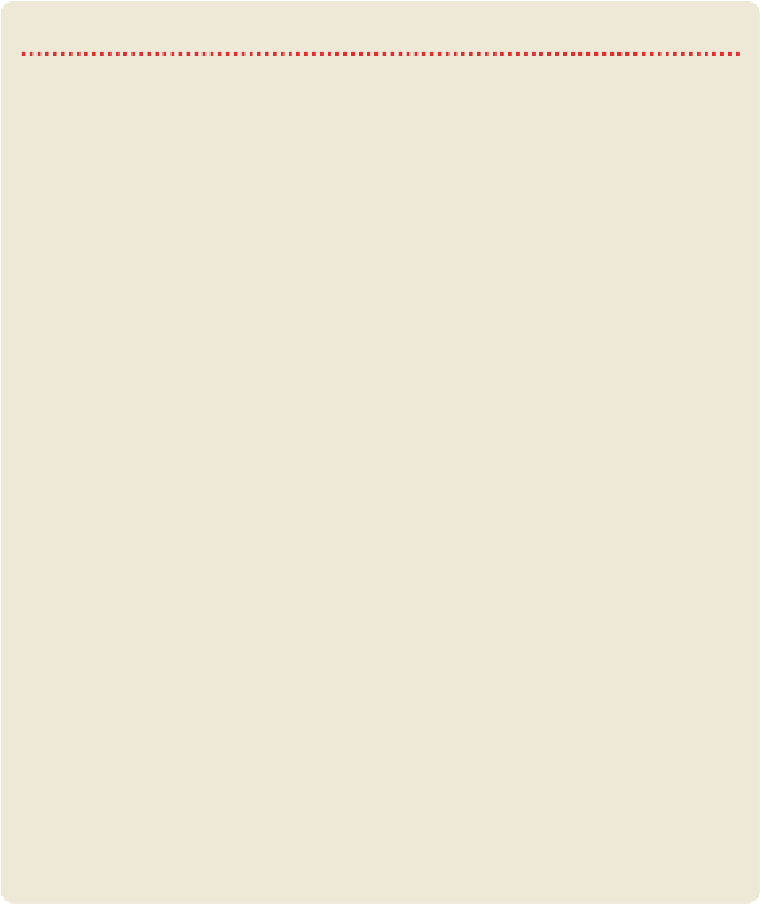Travel Reference
In-Depth Information
THE PANCHEN LAMAS
The second-highest ranking lamas in Tibet, the Panchen Lamas' authority has often ri-
valled that of the Dalai Lamas. So great is their prestige, in fact, that the Panchen Lamas
assist in the process of choosing new Dalai Lamas (and vice versa). Frequently stuck
between a rock (the Dalai Lamas) and a hard place (the Chinese government), the
Panchen Lamas have suffered more than most from Tibet's turbulent recent history.
The ninth Panchen Lama (1883-1937) spent his last days in the clutches of a Chinese
nationalist warlord after attempting to use the Chinese as leverage in gaining greater in-
fluence in Tibet. After the ninth's death, the usual search for a replacement got underway
and the Chinese forced Tibetan delegates in Běijīng to endorse their choice. The 10th
Panchen Lama was initially pro-reform and pro-Chinese when he arrived at Tashilhunpo
Monastery in 1951 but by his death, in 1989, he had flipped and become a hero to his
people. What happened?
It seems that the Panchen Lama had a change of heart about his Chinese benefactors
after the 1959 Lhasa uprising. In September 1961 the Panchen Lama presented Mao with
a 70,000-character catalogue of the atrocities committed against Tibet, and a plea for in-
creased freedoms. The answer he got was a demand that he denounce the Dalai Lama as
a reactionary and take the latter's place as spiritual head of Tibet. Not only did the
Panchen Lama refuse but, in 1964, with tens of thousands of Tibetans gathered in Lhasa
for the Mönlam festival, he said to the crowds that he believed Tibet would one day regain
its independence and the Dalai Lama would return as its leader.
It must have come as quite a shock to the Chinese to see their protégé turn on them.
They responded in time-honoured fashion by throwing the 26-year-old Panchen Lama in-
to jail, where he remained for 14 years, suffering abuse and torture. His crimes, according
to the Chinese authorities, included participating in orgies, 'criticising China' and raising a
private insurrectionary army. A 'smash the Panchen reactionary clique' campaign was
mounted, and those close to the Panchen Lama were subject to 'struggle sessions' and
imprisonment.
After emerging from prison in early 1978, the Panchen Lama rarely spoke in outright
defiance of the Chinese authorities but continued to use what influence he had to press
for the preservation of Tibetan cultural traditions. (He argued, for example, against the
building of a hydroelectric power plant at Yamdrok-tso, one of Tibet's most sacred lakes.)
In 1979 he married a Han Chinese army doctor and (uniquely for any Panchen or Dalai
Lama) fathered a daughter.

